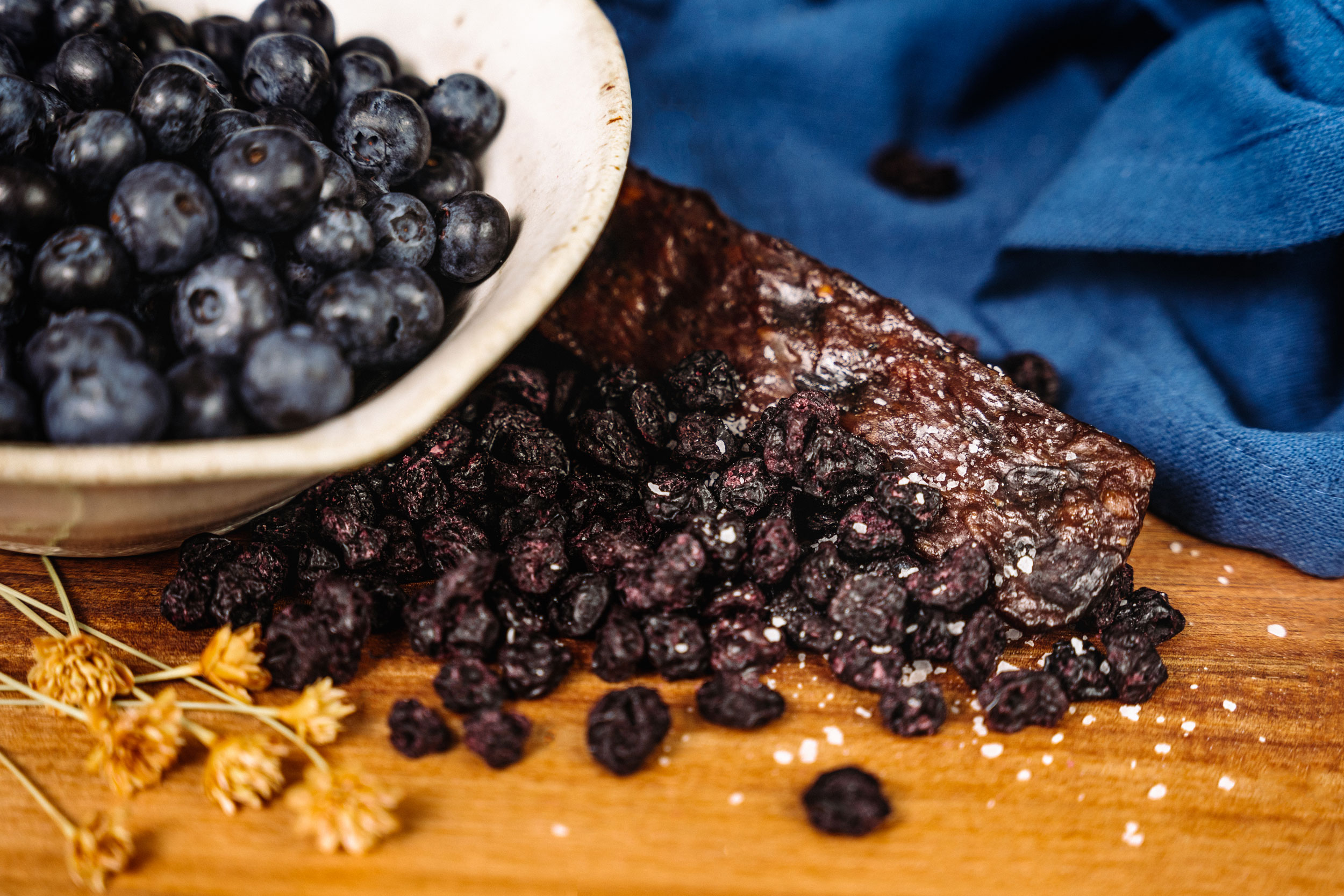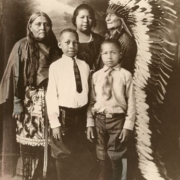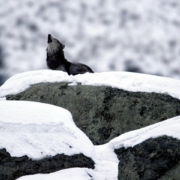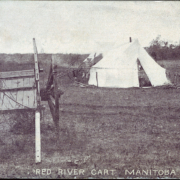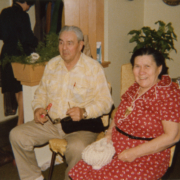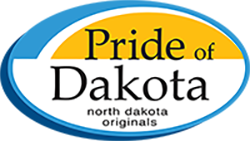African-Native Americans
Until recently, the topic of historic relations between Native Americans and African Americans has been somewhat neglected. The lives and experiences of people who share African American and Native American ancestry contain stories that have been invisible for ages.
Some reports indicate that, after 1492, large numbers of Natives were being shipped to Europe as slaves. Many of these slaves were then shipped from Spain to Africa. Survivors and descendants of the original group that later returned to America were now classified as “African Slaves”. African and Native people coming together in the Americas was first recorded in 1502. Many Indigenous people of the Eastern Woodlands as well as people of a few nations historically from the Southeast have a significant amount of African as well as European ancestry.
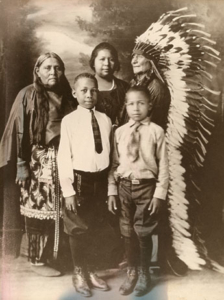
Comanche Family early 1900’s
Courtesy Same Devenney
Unfortunately, the relationship between Blacks and Natives before emancipation was often uncertain. A number of Native American tribes have had close relations with African Americans, especially in areas where slavery was prevalent or where free people of color have historically lived. Members of the Five Civilized Tribes participated in holding enslaved African Americans in the Southeast. Some enslaved or formerly enslaved people migrated with them to the West on the Trail of Tears in 1830 and later during the period of Indian removal. Some Seminole Natives of Florida formed communities with escaped Africans that came to be known as Black Seminoles. Hundreds of Africans traveled with the Seminole nation when they were forced to relocate to Native American territory.
Native Americans nicknamed the African American cavalrymen that they fought in the late 1800’s “Buffalo Soldiers”. The origin of this nickname is not certain. It may have had something to do with the appearance of their dark curly hair resembling the buffalo. These Buffalo Soldiers fought so fiercely that the Natives may have regarded them in a way that compared to the buffalo. On occasion, Buffalo Soldiers married into Native American families. This was similar to the blending of European and Indigenous cultures among the Metis.
Over centuries, African Americans and Native Americans created shared histories, communities, families, and ways of life. They were often separated from others by prejudice, laws, and twists of history. These mixed-blood people lived with a mutual struggle against slavery and dispossession that continues to touch their lives today.
For African-Native Americans, much like the Metis, double heritage will forever be inseparable.
Blending Tastes and Traditions

Through Pemmican Patty we hope to shine a light on the beauty of blending tastes and traditions in our everyday lives. Cultural blending has long enhanced the human experience and continues to do so today. The Anishinaabe of Turtle Island (North America) first migrated out around the great lakes. Trade and intermarriages occurred for centuries before Europeans arrived.
The blending of French & Scot cultures with First Nations (Cree, Salteaux, Dene & Dakota) created the Indigenous nation known as Metis’. Bison hunts using Red River carts, spirited dancing to a blend of fiddle and drum rhythms, colorful floral beadwork and embroidery designs are a just few of the ways that the blending of cultures enriched so many lives. The Metis’ were by far the most multilingual group of early inhabitants of Canada due to their connections with both First Nation and European cultures.
Pemmican was one of the blends of this nations bounty that nourished it’s early people. Without it, survival through lean times may have been impossible. We look forward to sharing a blend of goodness in our new bison-beef and berry (pemmican-style) bars coming soon!
Rugaru and Wendigo Folklore
The Native people of Turtle Island have many spiritual beliefs and traditions. Some of these are similar in nature to Christianity. Both cultures have used story-telling to inspire fear and obedience. Stories of the creature known as a “Rugaru” were told most often during the Christian season of Lent. These stories are as diverse as the spelling of its name, alternatively spelled as roux-ga-roux, rugaroo, or rugaru.
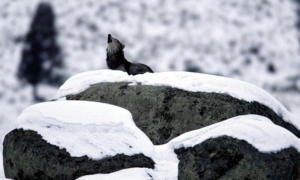
“Rugaru” is a Michif pronunciation of the French phrase “loup garou”. (Loup is French for wolf, and garou meaning “man who turns into an animal” or ” hooved-animal”).
The Wendigo is the essence of gluttony, greed, and excess. Never satisfied after killing and consuming one person. They are constantly searching for new victims.
Some stories about Rugaru come from French werewolf legends, some originated from Algonquian Wendigo legends, and some are combinations of the two.
In most Rugaru legends, a Metis person might become a Rugaru by catching sight of another Rugaru, or committing sins of cannibalism or greed.
Common practice on the Reservation was to kneel and pray the Rosary every evening during Lent. Dancing and drinking alcohol were frowned upon during the season. Mom said that Grandma told her the Rugaroo (Devil) carried a huge ball and chain. It seemed to her that any bad behavior might break the chain and the Rugaru would get loose!

